Inside El Mangroove, a Costa Rican Luxury Resort Packed With Exotic Wildlife
Hikes around a jungle-encircled volcano, outdoor luxury spas, mating sea turtles and 85 laid-back suites are among the destination’s offerings.
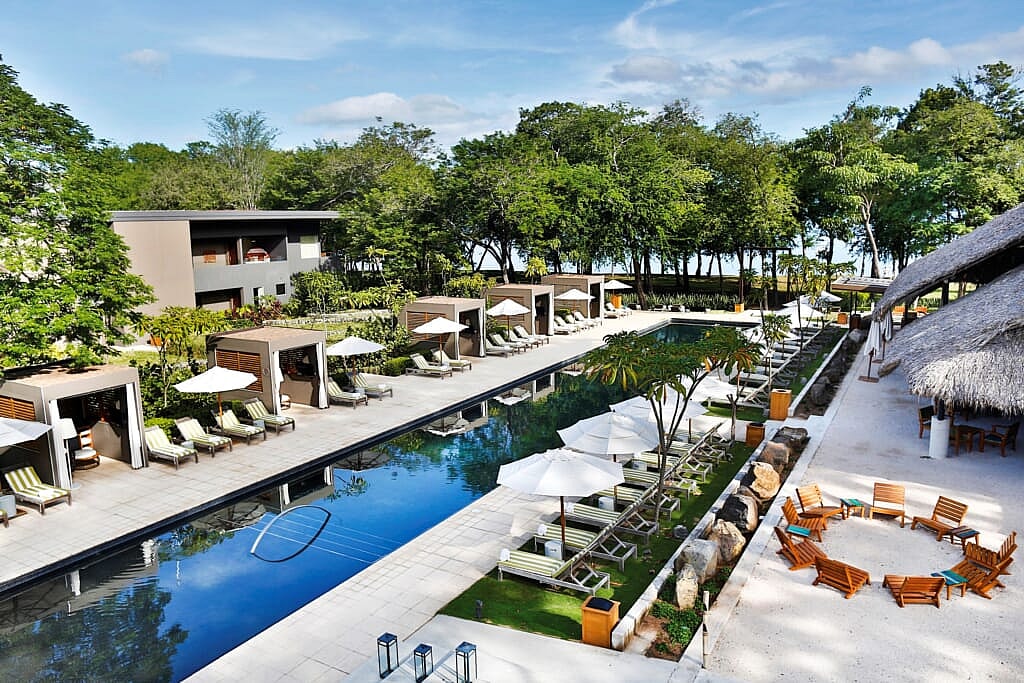
In Costa Rica the coast is rich, and they aim to keep it that way. Standing on the shore of Culebra Bay on the Pacific coast, you won’t see many developments, just forested hills and cerulean surf with secret stretches of beach shielded from the tropical sun by mangroves. It sounds exotic (which it is), and far away (which it isn’t).
It’s only five hours from Los Angeles to Liberia, the country’s West Coast hub, and another half hour by car to the rustic El Mangroove, set amid 15 acres of beachfront forest. Convenient yet isolated, this place generates a laid back vibe with friendly staff members like concierge Abraham Reyes, a brilliant young poet. He and the others look after 85 suites, an outdoor spa and two restaurants – the poolside Matiss, for casual meals and cocktails, and open-air Makoko for breakfast and dinner.
While sunbathing, rent a cabana with your own private T.V., watch the game as you sip pina coladas and laze like an iguana in the noonday heat. Or go down to the shore for a dip, then chill in the shade of a mangrove. It feels like there’s nothing to do, but in the best way. And if you want something to do, there’s plenty.
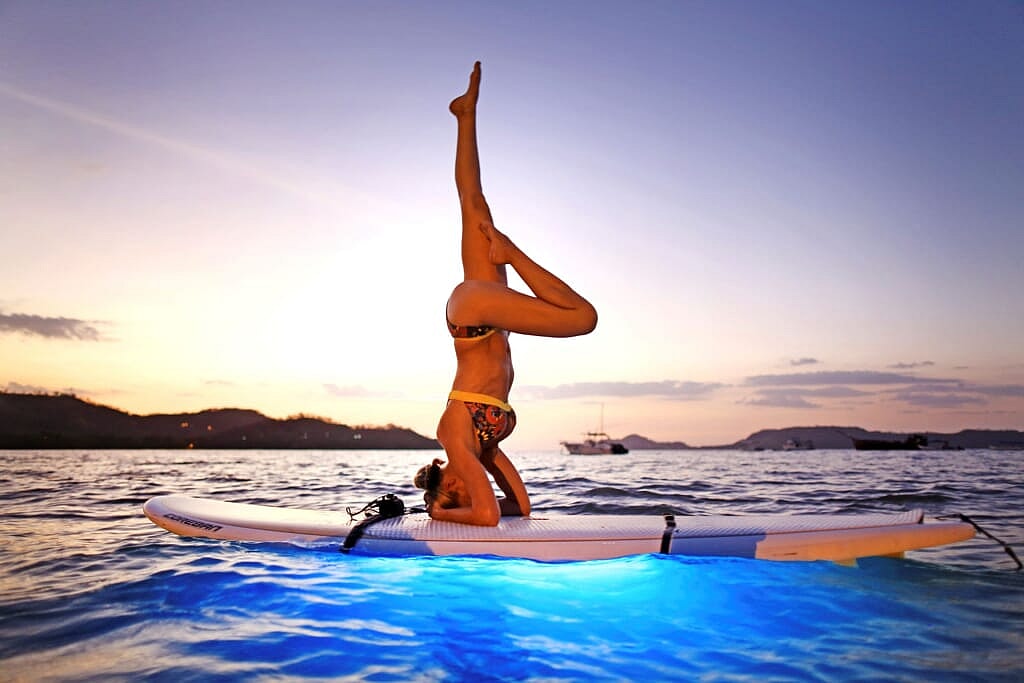
Start with a boat trip around the harbor. It comes with a packed lunch and dive gear for the secluded lagoons and reefs of Culebra and Papagayo Bays. The water is almost as warm as the bath and you’ll be hypnotized by manta and eagle rays, parrot fish, trumpet fish and puffer fish. If you’re lucky, you’ll see a sea turtle. And if he’s lucky, you’ll see him screwing another sea turtle, as we did, a conjugal conjoining that can last for up to 24 hours.
Head due west to Monkey Head Island, so named because it looks like a monkey’s head popping out of the surf. At the cape, where the bay meets the open ocean, you can circle back through the mangrove marsh, brackish, calm and shady amid a thicket of roots and low hanging branches, home to a hundred different exotic birds – egrets, herons, cranes and cormorants. The government requires 70 percent of the land on the Papagayo Peninsula remain undeveloped in order to preserve its biodiversity, a priority in a country that generates 99 percent of its energy through renewable sources.
Exiting the marsh the way you came, there’s a popular beach that features a tunnel beneath a 50 foot forested ridge. Through it, water flows from the other side of the cape. It is large enough to traverse and short enough to see daylight, though it can be treacherous depending on the tide. If it is, just hike up the ridge to a panoramic view of the entire bay without getting your feet wet.
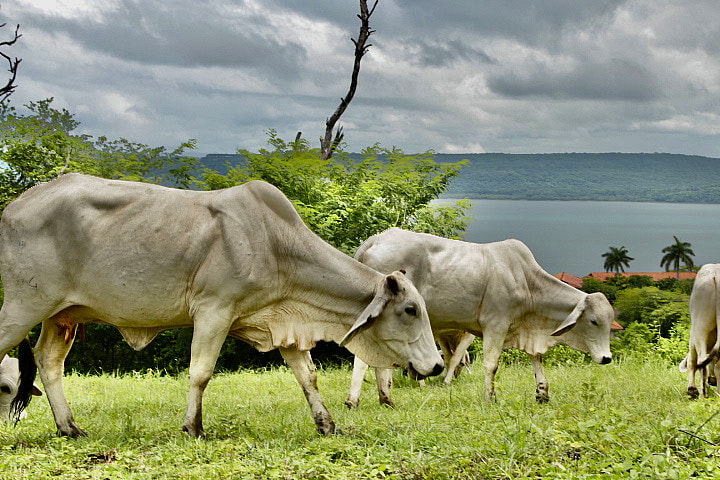
For a close up look at the wildlife, head to one of the numerous national parks a few miles inland. Rincón de la Vieja Volcano offers a guided horseback tour through the jungle. Keep your eyes on the canopy for toucans with their multi-hued beaks, or their little green cousin the Emerald Toucanet. There are also blue-crowned Motmot, the Royal Flycatcher with it’s peppered saffron crest, a variety of parrots, and the more-colorful-than-its-name Slaty-tailed Trogon.
And if you like primates, check out the howler monkeys, whose cry can be heard from as many as three miles away. We saw spider monkeys swinging by their tails, and white faced capuchins lunching on mangos.
Flecks of green form a moving line across the trail – leaf cutter ants returning with their namesake quarry. Above them, the air is sprinkled with flashes of neon blue, the glorious Morpheus butterfly coated in otherworldly indigo dust. Populating the waters and hills are tarantulas, scorpions, black widows, coral snakes, pythons, boa constrictors and sea snakes, the deadliest of them all, but we didn’t see a single one.
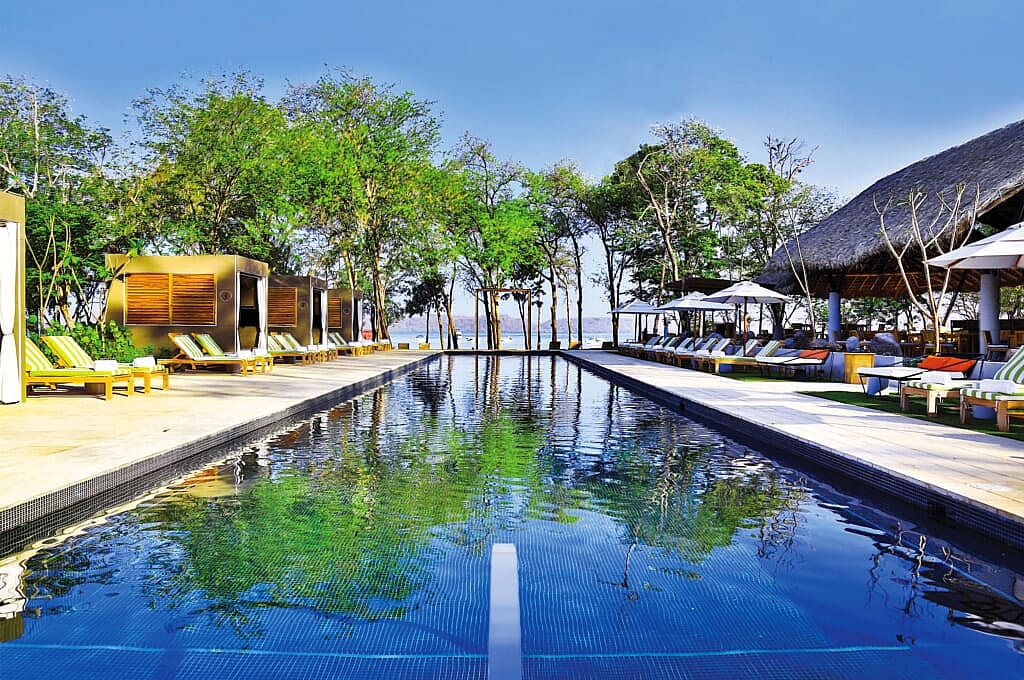
A full day hiking tour, with lunch included, will take you to the Vieja Volcano crater at 6,300 feet above sea level. There are mud baths and pools along the way, but the most convenient are the Rio Negro Hot Springs downstream from a magnificent jungle waterfall, a complex of buildings and pools connected by a footbridge. A spell in the sauna will air out your pores, and mineral-rich volcanic mud is believed to have health benefits like stress relief as well as purifying, exfoliating and softening skin. Shower off and plunge in the hot springs with a pina colada to relieve any residual stress missed by the mud.
Back at the Mangroove, work out the rest of those kinks at the Bearth Spa, an outdoor luxury where we heard a chorus of howler monkeys sing to distant thunder. The weather can change on a dime depending on what time of year you visit, but the rain never seems to last long and is often a welcome respite from the heat.
Dinner at Makako will satisfy most palettes, but seafood is the way to go, like the raw Tuna Tiradito with yuzu, jalapeno, avocado, black salt and horseradish appetizer. Follow it with the Caribbean Salmon with reduction of mussels, coconut, thyme, Panamanian chilies and veggies. It’s fish as fresh as can be and Chef Isaac Madrigal prepares it with panache.
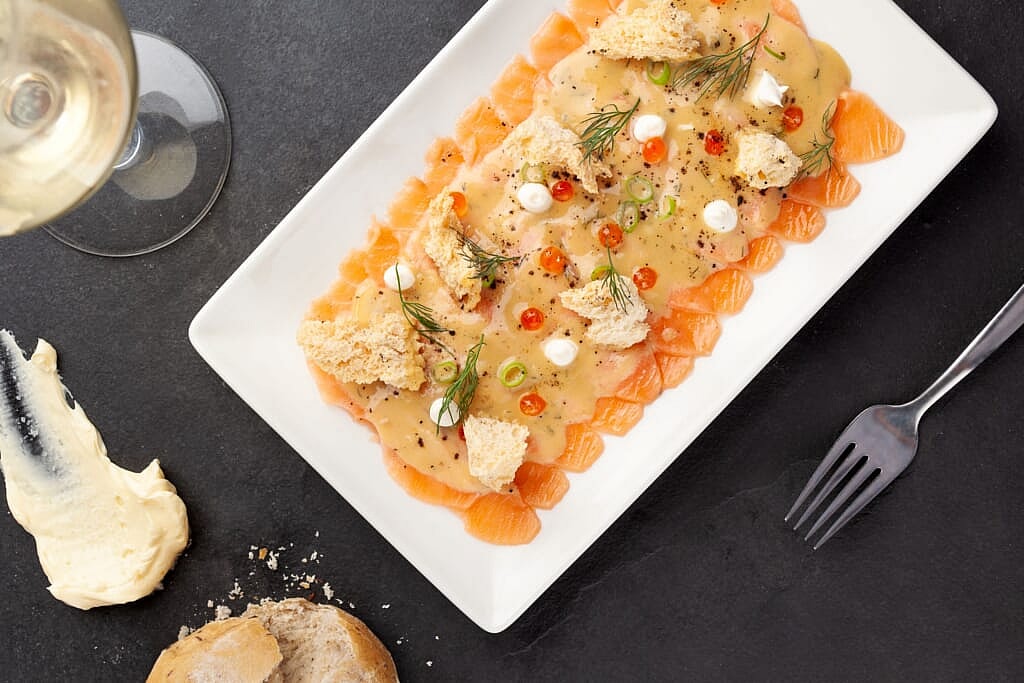
If a snack will suffice, roll out of the pool to Matiss where the menu includes catch of the day, a burger or a chicken buffalo sandwich among other items. Wash it down with a local artisanal brew or choose from a wide list of cocktails.
When you leave you’ll want to take a piece of the place with you. Don’t. Instead, leave a piece. The leave your LEAVES Program allows you to do just that – plant your own mangrove and it will eventually be transplanted to the El Toledo Agro Ecological Reserve.
Take a lesson home with you, leave a tree behind. It’s a good excuse to come back next year and check up on the little sprout.
